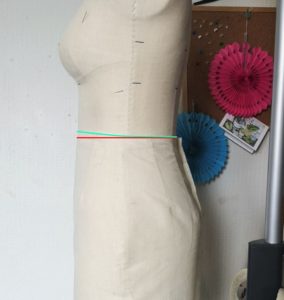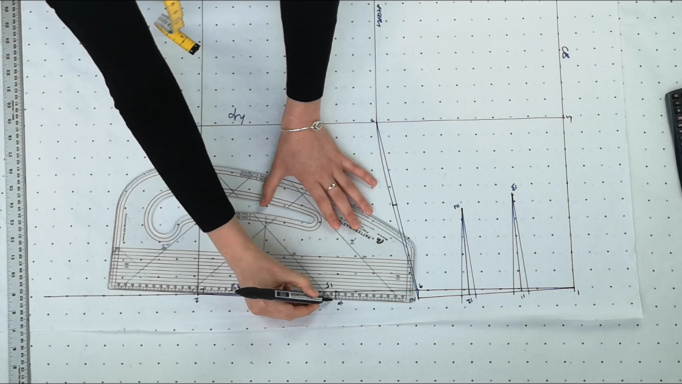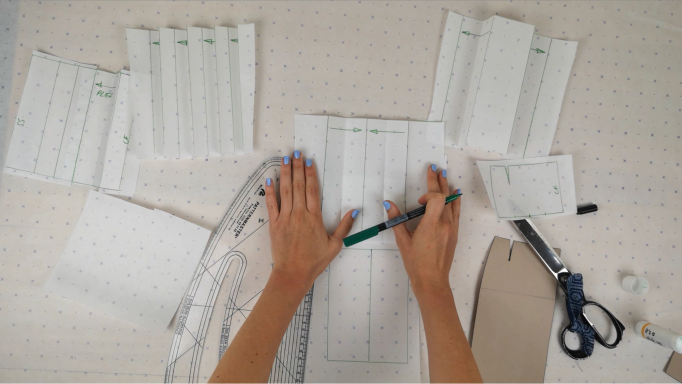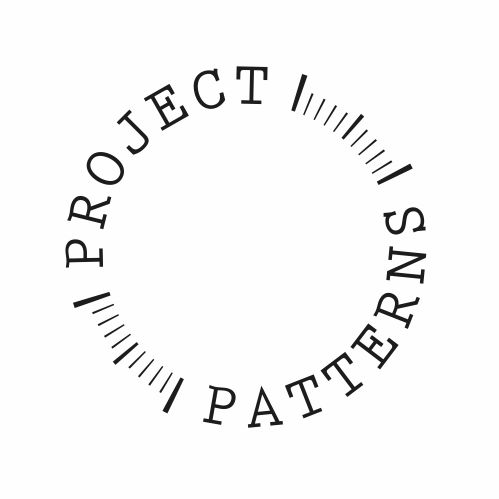Drafting a Skirt Block Pattern
Drafting a skirt block pattern is the first step to drafting beautiful patterns that fit you perfectly.
The idea here is that you draft a custom skirt block based on your own unique measurements that, after fitting, will fit you perfectly. This block then forms the basis of any new patterns that you draft. If your block fits you really well then in theory any new patterns that you draft should fit you really well too!
For this skirt block I used the following measurements of my new Alvanon dress form:
- Waist
- Hip
- Waist to Hip
- Required Finished Length
The Drafting Process
Drafting a skirt block pattern is a great place to start your pattern cutting because it’s the simplest block to draft.
We start by drawing a rectangle out line using our waist and hip measurements and then work inside from there.
It’s important to note that our block is symmetrical so we draft on the half, from the centre back to the centre front.
Once we’ve created the outline then we can work inwards from there. Starting with your back waistline, darts and hip curve, followed by our front waistline, darts and hip curve.
After that it’s as simple as tracing it off (we never cut into our original draft!) and adding some seam allowance, notches, drill holes and annotations.
Then we can get the calico out and toile it up ready to test the fit on your body! This is the fun bit!
The Fitting Process
Fitting is an essential part of drafting your skirt block pattern. Even though we draft to your individual measurements there will most likely be little tweaks that need to be made. Here is a list of things to look out for and check:
- Balance! The skirt should hang straight down from the side seams, at a 90 degree angle to the floor. The same is true for the centre front and centre back. If the skirt collapses inwards or swings forward or backwards you will need to adjust the balance slightly.
- Double check the circumference measurements. Have you got enough room in your waist and hip to move and sit comfortably? If not, try adding a smidge into the waist and hip circumference. If it feels to roomy then reduce them down slightly.
- Level waist and hem, your waist line and hem should be level all the way around. If it’s not, then draw on where it should sit and remove any excess from the pattern. Or add onto the pattern any missing fabric needed to level it off.

You can see in the image above that my waistline rises at the centre front.
The red line is where it should sit, nice and level but the green line is where it actually is. All I’m going to do is measure how much it’s raising up by and reduce my centre front length by that amount, curving to nothing at the side seam.
Once I’ve done this amendment my skirt block will be ready to start drafting new patterns from, yay!
Want to Learn How to Draft Your Own Skirt Block Pattern?
I’ve got a Skillshare class focusing on exactly this! You’ll learn step by step how to draft your skirt block pattern, trace it off, add seam allowance and some common fit adjustments.
Once you’ve made and perfected your skirt block I’ve got another class focusing on how to draft new patterns based on your skirt draft, the possibilities are literally endless!



